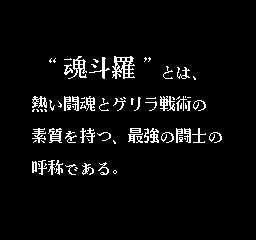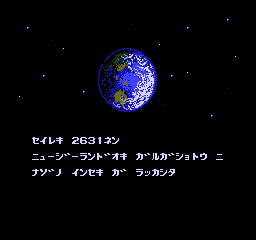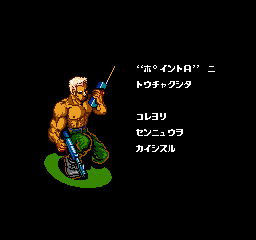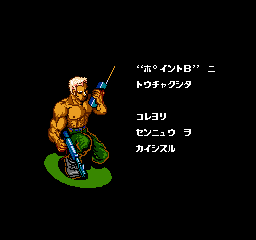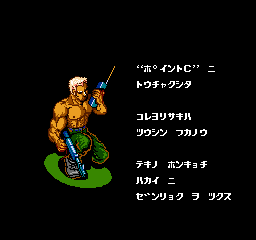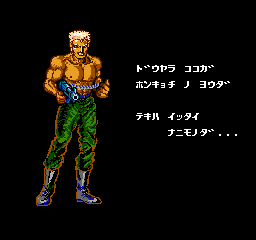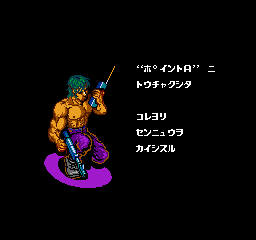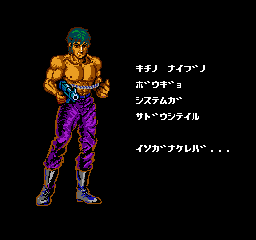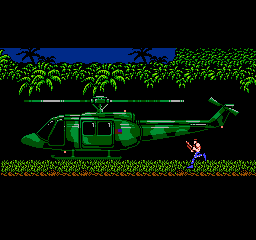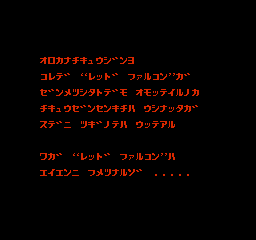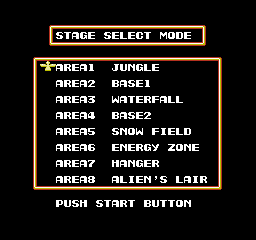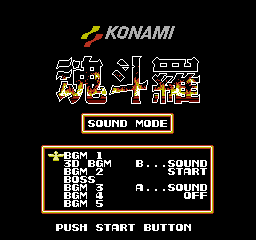Contra (NES)
| Contra |
|---|
|
Also known as: Probotector (EU)
|
The NES game well known for being hardcore and hard and core.
Contents
Sub-Pages
| Prototype Info |
Regional Differences
Title Screen
| Japan | US | Europe |
|---|---|---|

|

|

|
In the Japanese version, the title screen fades in from black and features animated flames inside the kanji characters. The US title screen scrolls in from the right, and in Probotector it appears instantaneously. The fonts used for the menu and copyrights text (which are also used for other text throughout the game) were slightly changed for the European version.
Japanese Differences
The US NES version and the Japanese Famicom version were both released around February 1988, suggesting that they were developed in tandem. However, the Famicom version had the advantage of using Konami's own self-produced VRC2 mapper, as unlike in other territories, third-party developers in Japan were allowed to manufacture their own cartridges and mappers for the Famicom instead of using only Nintendo's stock. This allowed the Famicom version of Contra to have many additional features, such as cut-scenes and background animations, that were not in any of the NES versions (which uses a standard UNROM mapper).
Map
| Famicom | NES |
|---|---|
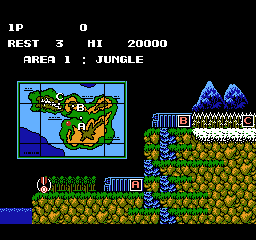
|

|
At the start of each stage, the NES version displays the name of the stage on a simple black screen along with the current lives and scores for each player (with each score counter blinking), as well as the current high score. The Famicom version on the other hand has a more elaborate screen showing a side view of the whole Galuga archipelago (similar to the map used in Ghosts 'n Goblins), along with a top-down map, both displaying the player's current location. Additionally the Famicom version refers to each level as an "area" instead of "stage". The "area" terminology is also used in Super C and Operation C.
Story
There are brief cut-scenes at the start of the game and between stages exclusive to the Famicom version.
2 Players Cutscenes
If Player 1 gets a Game Over in 2 Player Mode (or if Player 2 has a higher score), the cut-scenes will feature Lance instead of Bill. The dialogue is otherwise identical.
Ending Cutscene
The Famicom version features an extended scene in the ending where the player character(s) can be seen entering the helicopter. Additionally, the number of flags on the side of the helicopter increases with each consecutive playthrough, for a maximum of 6 flags.
Staff Roll
The final cut-scene and the staff roll are letterboxed in the Famicom version, likely to imitate a movie-like aspect ratio. This effect is not present in the NES versions.
Instead, the NES versions feature a congratulatory message prior to the staff roll, which also makes the formatting of the staff roll a bit more condensed.
| Famicom | NES |
|---|---|
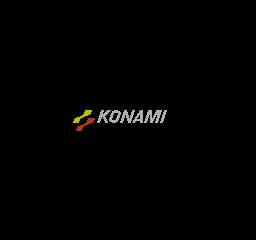
|

|
The Famicom version features a Konami logo after the staff roll, while the NES versions just has "presented by Konami" written in plain text.
Secret Ending Message
After beating the game, on the island explosion animation just before the staff roll, press and hold Start + Select on controller 1 and keep holding it. Before the game should return to the map to start a game from the beginning, you'll instead see a secret message from the game's antagonists.
Level Animations
The Famicom version has a number of background animations not featured on the NES versions.
Jungle
| Famicom | NES |
|---|---|

|

|
In the jungle stage, the rock formation patterns are much different and the palm trees sway in the wind.
Base 1
| Famicom | NES |
|---|---|

|

|
The flashing light panel on the boss uses a more elaborate animation in the Famicom version.
Waterfall
| Famicom | NES |
|---|---|
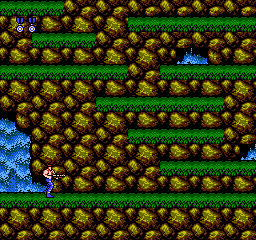
|
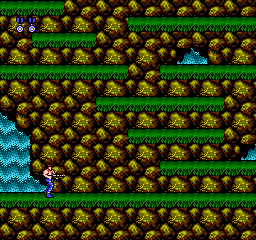
|
The waterfall stage in the NES versions is also animated, but using a simpler method (color palette cycling). The palette itself is different as well. Additionally, the rock formation patterns are slightly different.
| Famicom | NES |
|---|---|

|
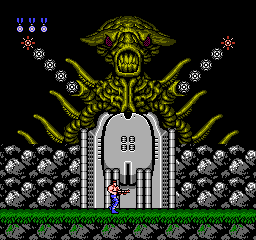
|
For some reason the boss' arms are lower by one pixel in the North American version. In addition, graphics below the right arm seems to have been erased by accident.
Snowfield
| Famicom | NES |
|---|---|
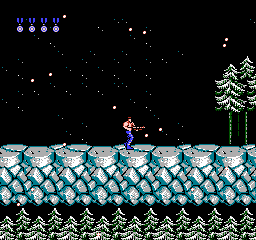
|
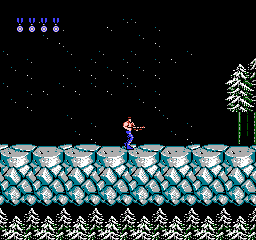
|
The snow level has an animated snowstorm that makes the level much more difficult since the snow particles can make seeing other, harmful, projectiles harder to see. Additionally, the trees in the background are animated as if their branches are blowing in the wind.
Alien's Lair
| Famicom | NES |
|---|---|
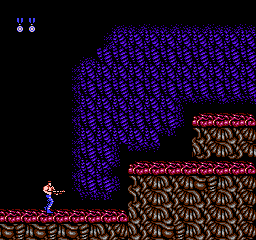
|

|
The alien lair is animated, giving everything a pulsating, organic feel, and the animation speeds up as the level progresses and with the more damage you inflict on the final boss.
| Famicom | NES |
|---|---|

|
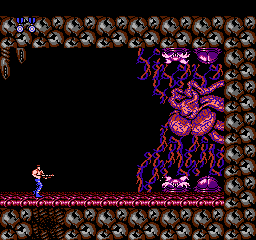
|
In the area where you meet the final boss, the NES versions feature broken eggs instead of organic matter, which is actually closer to how it appears in the original arcade game. Strangely, the sprites for the bottom two facehugger eggs have slightly more shading on their top left, and what seems to be two incorrectly colored pixels in their opened state. The top eggs haven't been updated accordingly.
Other Differences
Gameplay
- The Famicom version starts off at a higher difficulty than its NES counterparts. The starting loop’s difficulty is the same as the second loop’s difficulty from the NES versions.
- On the Snowfield stage, the tank mini-bosses rush the player the first time they change color, as opposed to the NES counterparts, where they rush the player after a fixed amount of time.
- 2 Player Mode features some differences from 1 Player Mode. In the Jungle stage, the red sniper prior to the first Spread Gun powerup is in a slightly different position. In the Snowfield stage, the grenades thrown from the background are also at a slightly different position.
Audio/Visual
- When you pause the game in the NES version, the moving background objects stop (waterfalls, targets, etc.), but in the Famicom version, they keep moving.
- The Famicom version has a unique jingle that plays after completing the final stage (the same jingle is also played in the end of the original arcade game). The NES version uses the standard stage clear jingle instead.
- The screen transition effect after defeating the final boss is a fade-out effect; in the overseas counterparts, it is a more elaborate “blinds” effect.
Graphic
| Famicom | NES |
|---|---|
The Japanese version of Bill and Lance's death sprite in the base stage has an extra transparent color on the pants.
Cheats
Level Select
Putting the spelling of "hangar" aside, the Famicom version features a relatively polished level select screen. It can be accessed from the title screen: select player number by pressing Select as usual, then press Start, but before the screen fades out, hold Up + Left + A + Select—the level select should appear and all buttons and directions can now be released.
Sound Test
Also of note is that there is a sound test only available in the Famicom version, similar to the sound test later featured in Super C and Gradius II. At the title screen while pressing A + B, press Start to enter a sound test. Press Up and Down to select a sound, B to start the sound, A to stop the sound, and Start to exit.
European Differences
| To do: List all differences, rip graphics. |
The European version featured many graphical differences due to very strict censorship laws regarding blood and violence in Germany.
| Bill from Contra | RD008 from Probotector |
|---|---|
| Lance from Contra | RC011 from Probotector |
|---|---|
The two human protagonists, Bill and Lance, were replaced with robotic counterparts named "RD008" and "RC011" respectively. Their palettes were also changed, with the Player 1 character being recolored from blue to gray and the Player 2 character being changed from red to blue.
| Contra | Probotector |
|---|---|
Four enemies were changed to robots in sidescrolling stages.
| Contra | Probotector |
|---|---|
Three enemies were changed to robots in tunnel stages.
| Contra | Probotector |
|---|---|
 |
 |
The boss at the end of stage 6 was changed to look more robotic. The disks it fires have also been changed from blue to grey.
| Contra | Probotector |
|---|---|
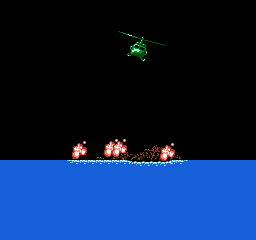 |
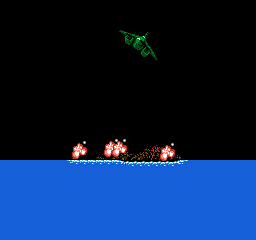 |
During the ending a futuristic jet picks up the heroes, instead of a helicopter.
There are also a few palette changes:
| Contra | Probotector |
|---|---|
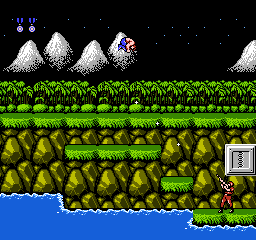 |
 |
Enemy bullets are slightly red instead of white.
| Contra | Probotector |
|---|---|
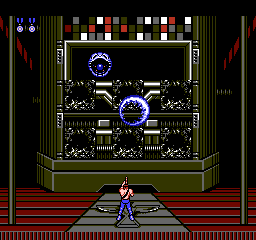 |
 |
The dark blue palette of the Stage 2 boss was changed to teal, and its shots are red instead of blue.
| Contra | Probotector |
|---|---|

|
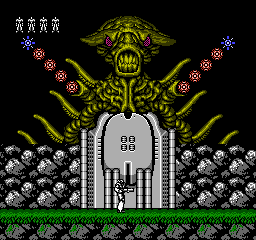
|
The Stage 3 boss's arms are red and blue instead of grey and red.
| Contra | Probotector |
|---|---|
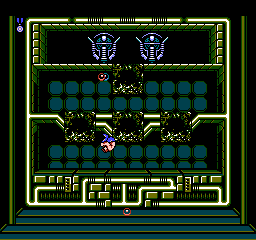 |
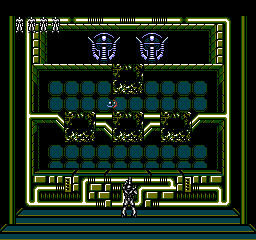 |
The Stage 4 boss and its shots uses a darker palette in Probotector. This causes the teal parts of the shots to blend in with the background.
| Contra | Probotector |
|---|---|
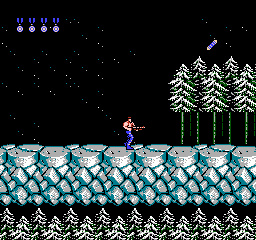 |
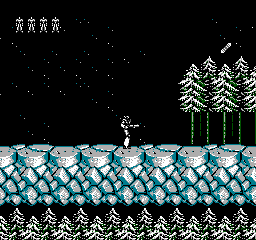 |
The bombs in Stage 5 are grey instead of blue.
| Contra | Probotector |
|---|---|
 |
 |
Carts in Stage 7 have black wheels instead of blue.
| Contra | Probotector |
|---|---|
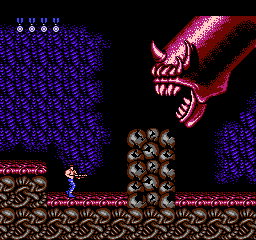 |
 |
The wall in front of the pre-boss on Stage 8 uses slightly different tiles.
| Contra | Probotector |
|---|---|
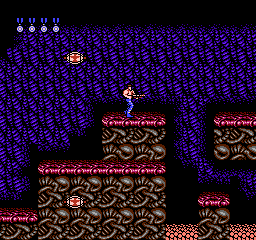 |
 |
The weapon pods in the final stage are pink.
| Contra | Probotector |
|---|---|
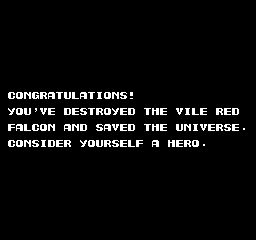
|
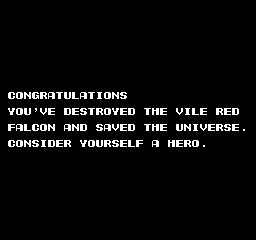
|
The exclamation point in the congratulatory message was removed due to the updated font set lacking one.
Music
The Famicom version features a couple extra tracks that don't appear in the international NES version.
Start Demo
This track, labeled "DEMO" in the sound test, plays during the intro of the Famicom version. Since the intro was removed from the NES version, as a result this track only appears in the Famicom version.
| Famicom |
|---|
Triumphal Return
Two versions of the track "Triumphal Return" are used in the Famicom version. The first version ("PCLR" in the sound test, or "Pattern Clear") plays when a stage is cleared or a boss is beaten. The second version (labeled "ALL PCLR" in the sound test, short for "All Pattern Clear") plays when the final boss is beaten.
The second version only appears in the Famicom version; the NES version only plays the standard stage clear theme, even after the final boss is beaten. The music itself would not be heard in the International versions until Operation C.
| Famicom | NES |
|---|---|
The Contra series
| |
|---|---|
| Arcade | Contra • Super Contra |
| NES | Contra (Prototypes) • Super C • Contra Force |
| DOS | Contra |
| Game Boy | Operation C • Contra: The Alien Wars |
| SNES | Contra III: The Alien Wars (Prototypes) |
| Genesis | Contra: Hard Corps |
| PlayStation | Contra: Legacy of War (Prototypes) • C: The Contra Adventure (Prototypes) |
| Sega Saturn | Contra: Legacy of War (Prototype) |
| Nintendo DS | Contra 4 (Prototypes) |
| WiiWare | Contra ReBirth |
The Konami series
| |
|---|---|
| Game Boy (Color) | Konami GB Collection Vol. 1 • Konami GB Collection Vol. 2 • Konami GB Collection Vol. 3 • Konami GB Collection Vol. 4 |
| Arcade | Konami 80's AC Special |
| PlayStation | Konami Arcade Classics |
| Windows | Konami Collector's Series: Castlevania & Contra |
| Game Boy Advance | Konami Collector's Series: Arcade Advanced |
| Nintendo DS | Konami Classics Series: Arcade Hits |
| See Also | |
| Beatmania • Bishi Bashi • Castlevania • Contra • Dance Dance Revolution • DrumMania • Frogger • Ganbare Goemon • Gradius • GuitarFreaks • International Superstar Soccer • Jackal • KeyboardMania • Konami ReBirth • Lethal Enforcers • Metal Gear • Parodius • Pop'n Music • Power Pros • Silent Hill • Tokimeki Memorial • Track and Field/Hyper Sports • TwinBee • Yu-Gi-Oh! | |
- Pages missing developer references
- Games developed by Konami
- Pages missing publisher references
- Games published by Konami
- NES games
- Pages missing date references
- Games released in 1988
- Games released in February
- Games released on February 9
- Games released on February 12
- Games with hidden sound tests
- Games with hidden level selects
- Games with regional differences
- Pages with a Data Crystal link
- To do
- Contra series
- Konami series
Cleanup > Pages missing date references
Cleanup > Pages missing developer references
Cleanup > Pages missing publisher references
Cleanup > To do
Games > Games by content > Games with hidden level selects
Games > Games by content > Games with hidden sound tests
Games > Games by content > Games with regional differences
Games > Games by content > Pages with a Data Crystal link
Games > Games by developer > Games developed by Konami
Games > Games by platform
Games > Games by publisher > Games published by Konami
Games > Games by release date > Games released in 1988
Games > Games by release date > Games released in February
Games > Games by release date > Games released in February > Games released on February 12
Games > Games by release date > Games released in February > Games released on February 9
Games > Games by series > Contra series
Games > Games by series > Konami series
The Cutting Room Floor > Unimportant Awards > NES games
